Nationality Greek Influenced by John Beazley | Name Manolis Andronikos Books The Greek Museums Role Archaeologist | |
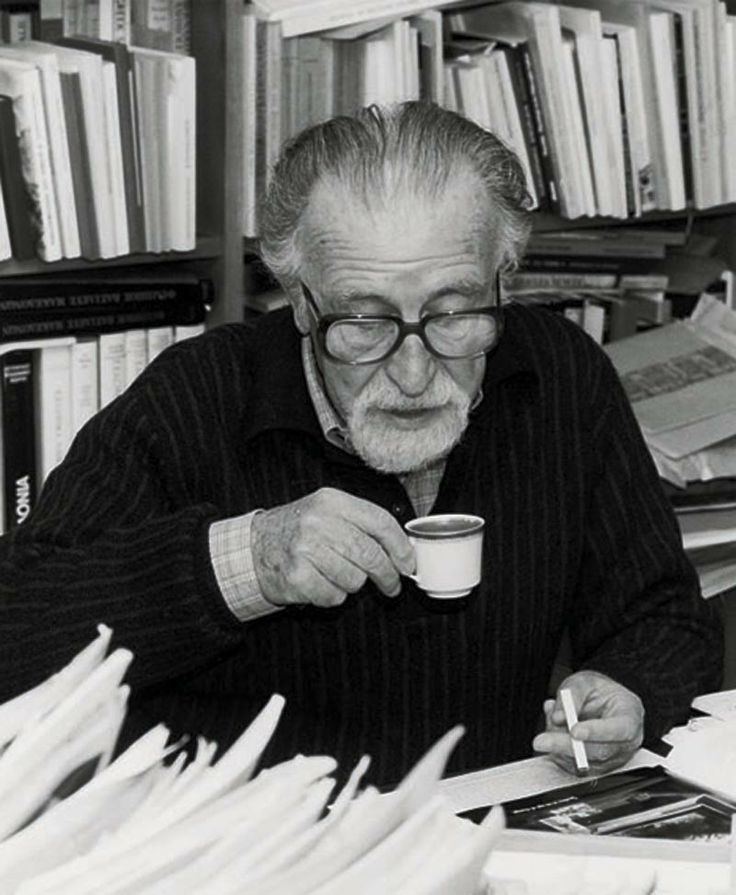 | ||
Alma mater University of ThessalonikiOxford University Education National and Kapodistrian University of Athens, Aristotle University of Thessaloniki, University of Oxford | ||
People also search for Nikolaos Gialoures | ||
Colors of Ancient Europe - Alexander the Great and Philip II of Macedon (ivory portrait heads)
Manolis Andronikos (Greek: Μανόλης Ανδρόνικος) (October 23, 1919 – March 30, 1992) was a Greek archaeologist and a professor at the Aristotle University of Thessaloniki.
Contents
- Colors of Ancient Europe Alexander the Great and Philip II of Macedon ivory portrait heads
- Biography
- Necrology
- References
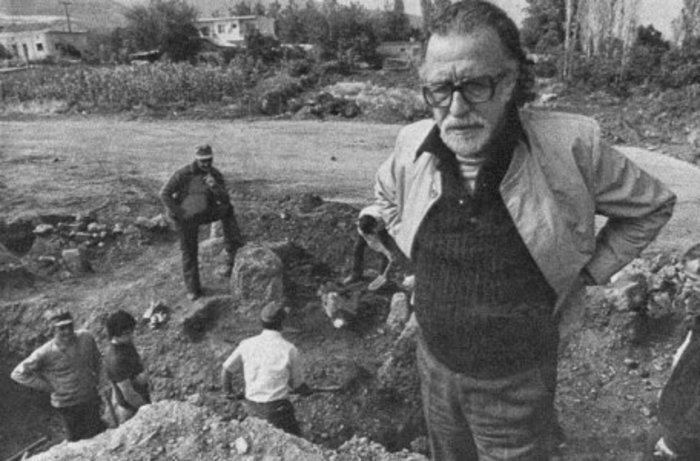
Biography
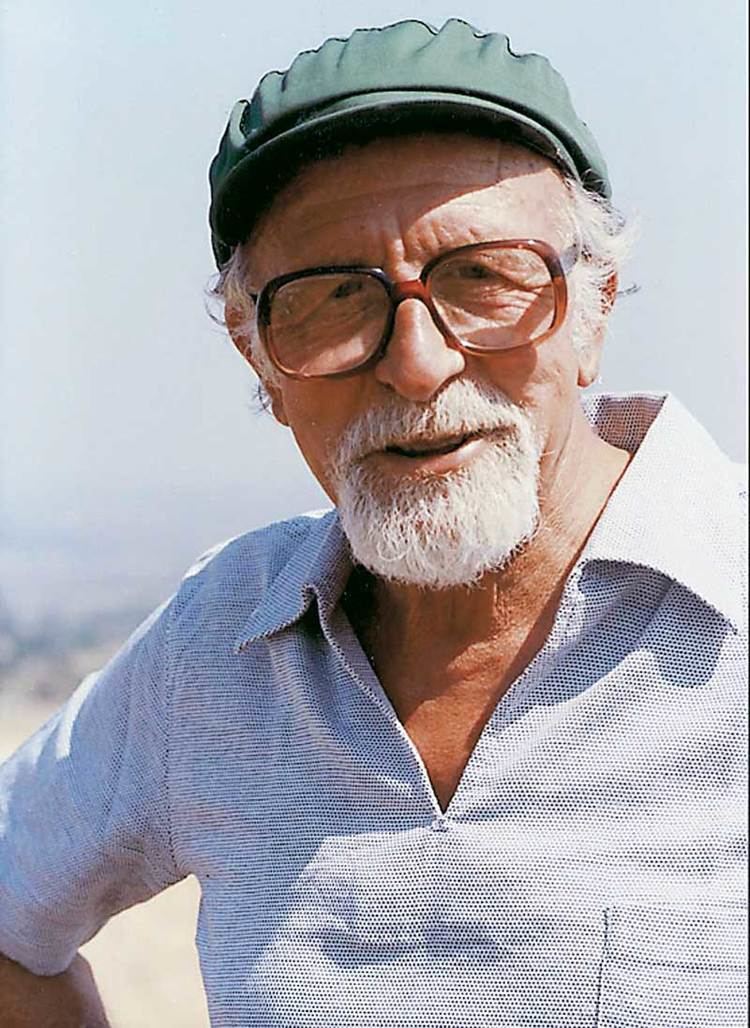
Andronikos was born on October 23, 1919 at Bursa (Greek: Προύσα). Later, his family moved to Thessaloniki.
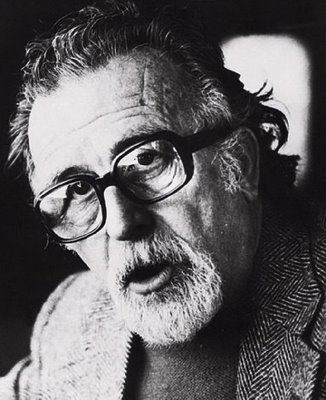
He studied philosophy at the Aristotle University of Thessaloniki and in 1952 became a professor of Classical Archeology at the Aristotle University of Thessaloniki. Later he continued his studies at Oxford University with the professor Sir John D. Beazley (1954–1955). He came back to the Aristotle University of Thessaloniki in 1957 where he taught Archeology first as instructor and later (1964) as professor.
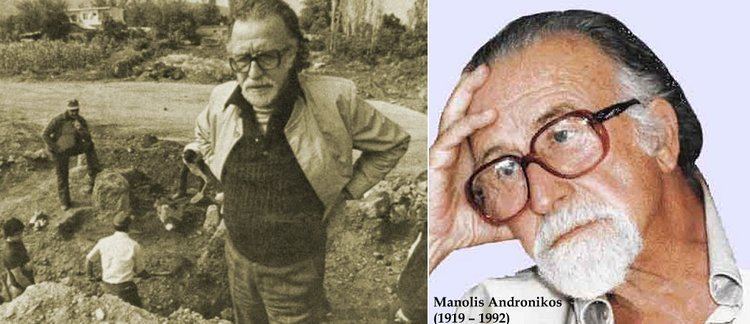
He was married to the school teacher Olympia Kakoulidou and loved reading poetry, especially Kostis Palamas, Giorgos Seferis and Odysseas Elitis. He was the founder of a local cultural group named Art (Greek: Η τέχνη).
Manolis Andronikos conducted archaeological research in Veroia, Naousa, Kilkis, Chalkidiki and Thessaloniki, but his main research was done in Vergina, where his teacher, professor K. Rhomaios had founded in 1937 the Aristotle University Excavation at Vergina. His greatest discovery occurred on November 8, 1977, when he found a tomb at Vergina which he identified as that of Philip II of Macedon. It was unplundered and contained many valuable items, such as a golden larnax. The finds from this tomb were later included in the travelling exhibit "The Search for Alexander" displayed at four cities in the United States from 1980 to 1982. While the discovery is of great archaeological importance, the identification of the tomb with Philip has been disputed by some archaeologists; that said, if the tomb is not Philip's, one of the others in the same complex probably is.
Andronikos was a member of the Archaeological Council (1964–1965), the Athens Archaeological Association, the Macedonian Studies Association, the Association Internationale des Critiques d' Art and the German Archaeological Institute at Berlin. He lived permanently in Thessaloniki on Papafi Street and died on March 30, 1992.
